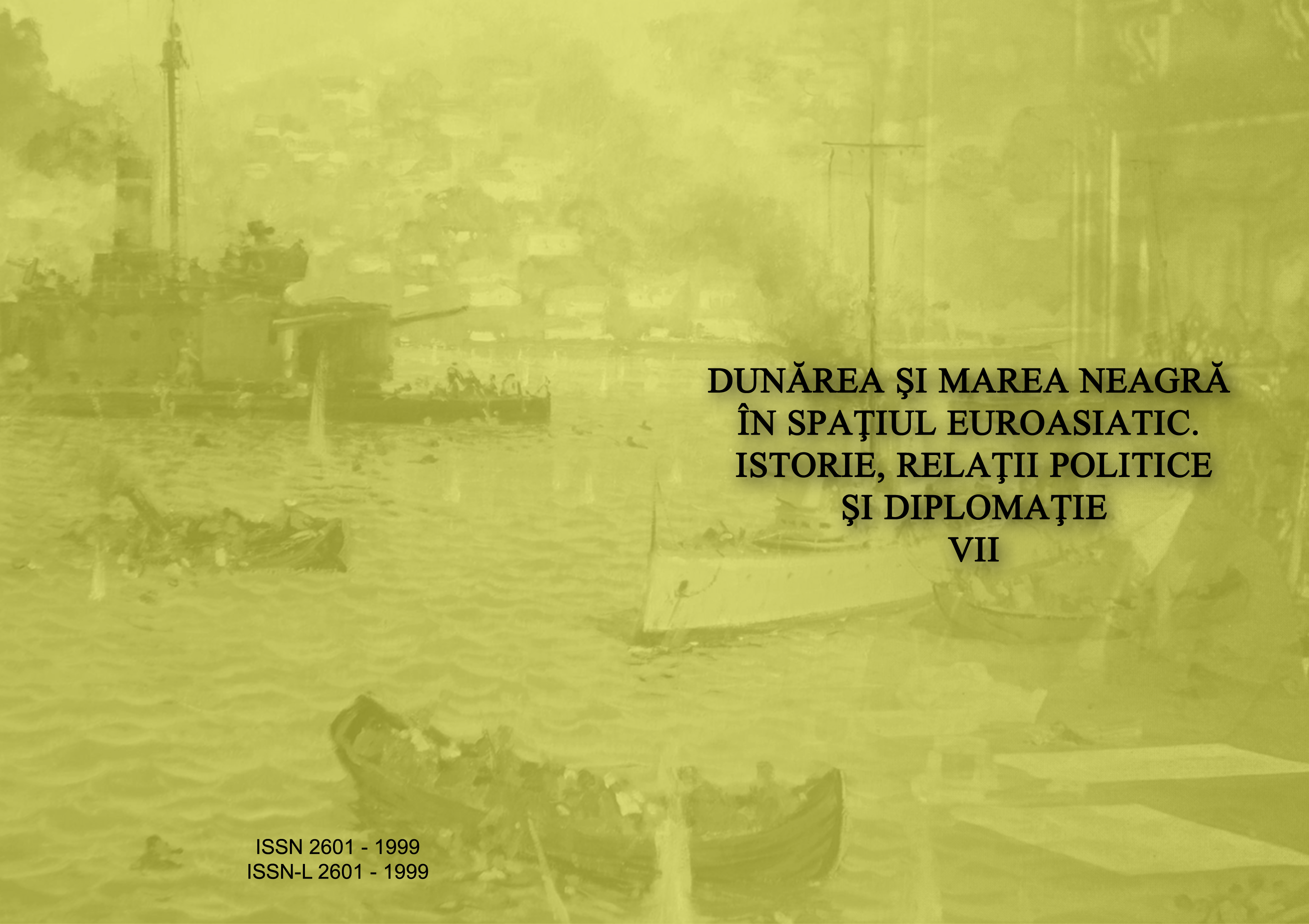VULTURU (CARTALU) - ISTORIE ȘI MEMORIE
VULTURU (CARTALU) – HISTORY AND MEMORY
Author(s): Monica Izabela NedelcuSubject(s): History, Social Sciences, Ethnohistory, Middle Ages, 16th Century, 17th Century, Interwar Period (1920 - 1939)
Published by: Editura Muzeului National al Marinei Romane
Keywords: Dobruja villages population; live births;natural increase;Vulturu;ethnic groups;Constanța;
Summary/Abstract: The town of Vulturu is located in the Casimcei plateau, on the valley of the Cartal river. The cartal, the main tributary of the Casimcea River, on its right side, has a surface area of 128 square km and a length of 15 km. Multiannual average flows are small compared to the size of the reception basin surfaces. The soils are of the chernozem category, very common soil types in the Dobrogea region and quite fertile. Vulturu commune is situated at an altitude of 114 meters above sea level. The commune is certified documentary since 1854. A map from 1861, Dobrogea-Bugeac, shows that the name of the locality was written Kartal, and after 1879 was written Cartal. In 1850, Ion Ionescu mentions a devastated Kartal village. Kartal kaza Hârșova appears in Turkish documents from the backdrops issued between 1864-1877. After the war of independence, Cartal, then the Vulture, in 1929, was part of the Hârșova region.
Journal: Dunărea și Marea Neagră în spațiul euroasiatic. Istorie, relații politice și diplomație
- Issue Year: VII/2019
- Issue No: 1
- Page Range: 201-211
- Page Count: 11
- Language: English, Romanian

